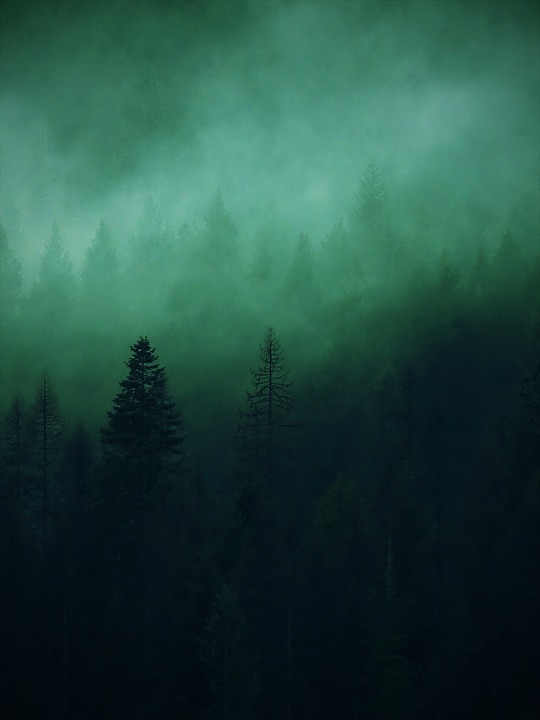What Is the Climate Like in Russia? Exploring the Diverse Weather Patterns Across the World’s Largest Country
Russia, the largest country in the world, spans over 17 million square kilometers across Europe and Asia, resulting in a rich tapestry of climate zones influenced by its vast geographical features. The interplay of latitude, geography, and continental size creates a climate that ranges from Arctic conditions in the north to temperate coastal climates in the south.
1. General Climate Zones in Russia
Russia’s climate can be broadly categorized into several distinct zones:
– Arctic Climate: Found in northern Russia, including parts of Siberia and regions near the Arctic Ocean, characterized by extremely cold temperatures and permafrost.
– Subarctic Climate: Predominantly covering most of Siberia, this zone experiences long, harsh winters and brief summers with significant temperature variations.
– Continental Climate: Central Russia, including Moscow, experiences extreme seasonal temperature differences with cold winters and warm summers.
– Temperate Climate: The southwest regions near the Black Sea enjoy milder winters and warm summers, making them more hospitable compared to other areas.
2. Seasonal Climate Breakdown Across Russia
#
Winter (December to February)
– Winters are long and severe, particularly in Siberia where temperatures can drop below -40°F (-40°C).
– Heavy snowfall and icy conditions dominate northern and central Russia.
– Daily life is significantly impacted by winter conditions, especially in remote areas where transportation can become challenging.
#
Spring (March to May)
– Spring brings gradual warming with snowmelt and thawing rivers.
– Northern regions experience a “mud season,” complicating travel due to melting snow.
– Average temperatures range from 30°F to 60°F (-1°C to 16°C) depending on the region.
#
Summer (June to August)
– European Russia enjoys warm to hot summers, with temperatures reaching up to 85°F (30°C).
– In Siberia, summer is brief with highs around 60°F to 75°F (15°C to 24°C).
– Northern regions have mild summers characterized by long daylight hours.
#
Autumn (September to November)
– Temperatures begin to cool, with fall foliage appearing before winter sets in.
– Rain and early snow are common in northern and eastern areas.
– Average temperatures range from 50°F to 30°F (10°C to -1°C), with freezing conditions by late autumn.
3. Regional Climate Variations in Russia
– Siberia: Known for its harsh subarctic climate with extreme winters and short summers.
– Moscow and European Russia: Characterized by a continental climate featuring cold winters and warm summers.
– Far East Russia (e.g., Vladivostok): Influenced by monsoons, resulting in wet summers and drier winters.
– Southern Russia (Black Sea Coast): Exhibits a milder climate with warm, humid summers and mild winters.
4. Extreme Climate Phenomena in Russia
Russia experiences several extreme climate phenomena:
– Severe winter conditions include snowstorms and prolonged freezing temperatures.
– Permafrost covers about two-thirds of Russian territory, significantly affecting infrastructure and ecosystems.
– The phenomenon of “white nights” occurs in northern regions during summer when the sun barely sets.
5. Climate Change Impact on Russia
Climate change is profoundly affecting Russia:
– The country is warming at a rate nearly twice that of the global average, leading to significant environmental changes.
– Thawing permafrost poses risks to infrastructure and ecosystems while increasing wildfire occurrences in Siberia.
– Agricultural impacts include longer growing seasons in southern regions but also increased risks from droughts and floods.
FAQs
– What are the coldest places in Russia? The coldest inhabited place is Oymyakon, where temperatures can drop below -71.2°C (-96.2°F).
– How does permafrost impact life in Russia? Permafrost affects building stability and infrastructure reliability due to thawing cycles.
– What is the best time to visit Russia for mild weather? Late spring (May) or early autumn (September) generally offers milder weather conditions.
Conclusion
Russia’s diverse climate zones reflect its vast geographical expanse, presenting unique challenges and opportunities for its inhabitants. From the harsh Arctic cold to temperate coastal areas, understanding these climates is essential for appreciating both the natural beauty of Russia and the socio-economic implications arising from its climatic diversity. As climate change continues to reshape these patterns, it will be crucial for Russia to adapt to new environmental realities while addressing the challenges posed by extreme weather events.

Kyle Whyte is a notable scholar and professor at the University of Michigan, holding positions such as the George Willis Pack Professor in the School for Environment and Sustainability and Professor of Philosophy. Specializing in environmental justice, his work critically examines climate policy and Indigenous peoples’ ethics, emphasizing the nexus between cooperative scientific endeavors and Indigenous justice. As an enrolled Citizen Potawatomi Nation member, he brings a vital perspective to his roles as a U.S. Science Envoy and member of the White House Environmental Justice Advisory Council. His influential research is supported by various prestigious organizations including the National Science Foundation, and disseminated through publications in high-impact journals. Kyle actively contributes to global Indigenous research methodologies and education, with affiliations to numerous institutes and societies dedicated to traditional knowledge and sustainability. Recognized for his academic and community engagement, Kyle has earned multiple awards and served in various visiting professorships. His efforts extend to leadership positions on boards and committees focused on environmental justice nationwide.
